As we wrap up our school year, we find ourselves exhausted, and overwhelmed with huge to do lists, IEP meetings, and transition planning. The students are catching our stress and anxiety as they hear whispers of next fall's kindergarten or their more typical preschool. That, along with spring fever and countdowns till summer, are bound to create some behavior and classroom ‘yuck’. Much like seniors getting ready to leave the nest with senioritis, our preschoolers go through similar anxieties and growing pains. I truly believe there is a real thing called preschoolitis!
Although our students may not have mastered all the preschool curriculum and objectives, they are getting bored with the day to day routines and finding a need to push the limits just to see what will happen. They may also be feeling a little anxiety and betrayal.
“What! I finally figured out how this preschool thing works and now mom, dad, and my teachers are talking about me moving to a new classroom. I like my friends and teachers here! Why are they going to leave me?.”
Over the years I have realized this scenario is even more real for our kiddos with emotional disturbances and those who have a hard time building relationships. Which are also the kids who often struggle with routines and acting appropriately—inevitably creating a lot of behavior toward the end of the year and maybe even seeing the return of past behaviors.
Does all this make you feel a little doomed? No worries...we have plan!
Let’s focus on the positive! I like to remind myself this time of the year that I only have a few more weeks with this group of students so it is important for me to be present and available to teach them and make as big of an impact as I can before I send them on their way.
With that, I also have to start implementing some strategies for transition success. I used to think that meant preparing social stories and photo books of the children's next setting. Although I still do that, I don’t typically show the student these books. I give them to their parents to share with them in August just before entering their new program. Three months can seem like an eternity for our kiddos with all these anxious thoughts “When am I going on to meet that new teacher everyone is talking about? What will happen there? Will I like it?" and many more.
So instead of sharing the transition books with the kids at this point, I start teaching them in a manner similar to what they will experience in kindergarten (or typical preschool). Much like a well-respected colleague of mine, Jill Koertner, shared with me, "With every modification, visual, prompt, and support we put in place for these kids, we have to have a plan for taking it out of their programming for generalization and success.”
So goodbye to intense step-by-step visual schedules, cube chairs, and teacher supported play. Hello to class schedules, criss-cross applesauce sitting, peer play time and so much more.
Okay so you are probably thinking...Has Lindy lost her mind?! (Well, that is debatable.) However as for the changes in our classroom this time of the year, they are a work in progress and the kids get a slow transition to them with modeling and training involved. This is what they have been working toward all year, if not two to three years depending on their programming.
NOTE: The new routine and expectations are specific for our afternoon class as the morning friends will all come back to us next year.
So let’s take a peek into the new routine. First off, the kids work through a class schedule. Below you can see what it looked like before and what it looks like now. Before it was for the teachers to follow. Now it has pictures added for the kids to follow too.
It should be noted that some of the students still have their own individual schedules. However when we can, we have all the students transition as a whole group using typical transition items and cues. For example, a song leads us to opening group time or the passing out of art materials leads us to whole group art. So inevitably, there are less icons and transition match ups.
This is a pretty traditional wall schedule that one student uses.
He is a student that will return next year. He requires some one-on-one training time so as you see on his schedule he will leave small groups to get some individual practice and independent work. These times are strategically placed in his schedule as he is not able to handle our large group as long as his peers.
This is a first-then schedule that is used with one of our students.
He has some pretty significant behavior despite the changes we have made in our routine to create novelty and prevent boredom. So he works through the same schedule as the class schedule but with an additional ‘then’ choice time after his work. He has a specific area in the classroom for ‘then’ time where he chooses an item out of this bag.
This is a paint stick schedule for another student who is ready for the new schedule but needs his own personal way of seeing how much work he has to do until preferred times like outdoors and free play.
I am not sure that you can really see the differences in our new schedule just by looking at the class schedule and individual schedules so I want to share exactly what is different. First, art is no longer a small group activity. Instead, I demonstrate what we will be doing for art during circle time. Then, the kids go to their table spots to complete their art work, similar to how they will do desk work in kindergarten. That being said, each student has a specific chair and school supply box they have to get before sitting down.
They are also working on raising their hand if they need help or more materials, as well as, cleaning up their area and turning their work in when they are finished.
Also with our new schedule, the kids have two learning centers rather than four meaning that there are more kids in each small group. (It's 4 kids and 1 adult versus 2 kids and one adult). The two centers are math and literacy. The students do math and literacy activities similar to my last two posts but just with more classmates in their group.
Math is done on the floor.
Literacy is done at the table with follow-up free reading time in the library center.
After math and literacy small groups, students have the opportunity for free play time. This is where we as staff step back and really watch to see if the kids have picked up the social, play, and communication skills we have taught them throughout the year. Can the kids maintain play with friends? Are they able to share? Engage in functional play? And pick up after themselves?
That being said, it is definitely not a free-for-all. There are systems in place to help the kids be successful. They have to choose where they want to play using one of two play charts.
The teachers present these charts to the kids at the end of the literacy and math centers. There are two so the kids at math don’t pick from the same centers as the kids at the literacy center. Then the kids put their picture on the center sign designating where they want to play.
There are signs like this at each center so the kids know how many kids can play at each center. We try to have the kids change centers at least 3 times during our 30 minute free time block so they can experience playing with a variety of things with a variety of friends.
The last big change to prepare our kiddos for the next big step is removing the cube chairs from large group time. That being said, if we need them they are still available. For example, if one kid just needs a little defined space he can use his chair or if the whole class is a little out of sorts we can go back to the chairs as we use these visuals.
So there you have it...a revamp to the afternoon session that curbs preschoolitis and prepares our kids for the next step. As you strive to survive the last few weeks of school be thinking about what supports you have added throughout the year that the kids are ready to remove or modify to a less intense support.
Don’t feel like you have to remove everything. After all your students are in your program for a reason. The supports and modifications you have in place for them may still be needed. We all have supports and modifications that make our lives easier and more successful. Just be thinking about what changes might create more novelty and challenge your students in a good way.
As you close out the year remember these are the last few weeks you have with this group of children make them GREAT!!!! And if you need a little incentive...there is always CHOCOLATE!! :)
(This is little reminder is in our staff bathroom!)


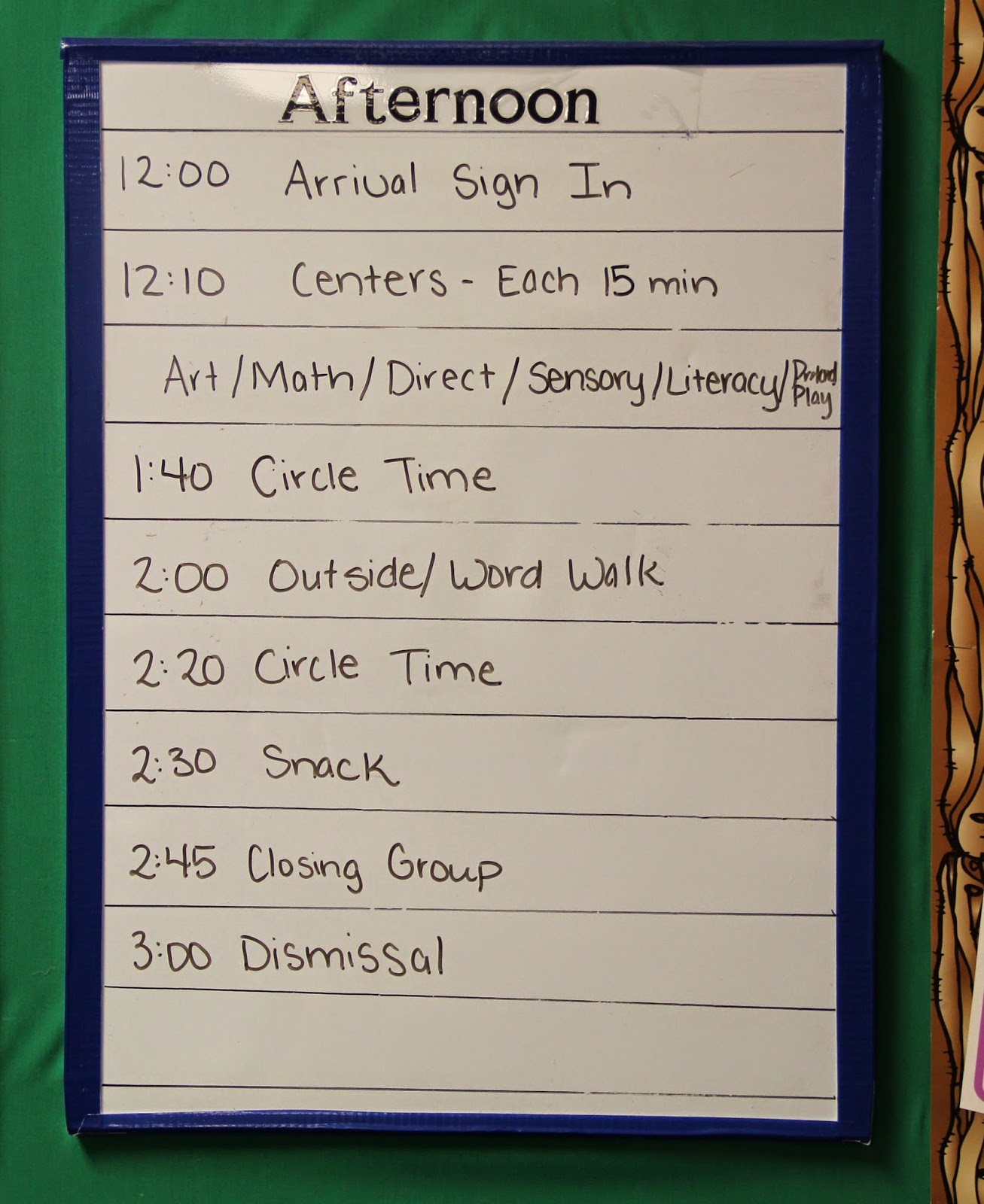.jpg)
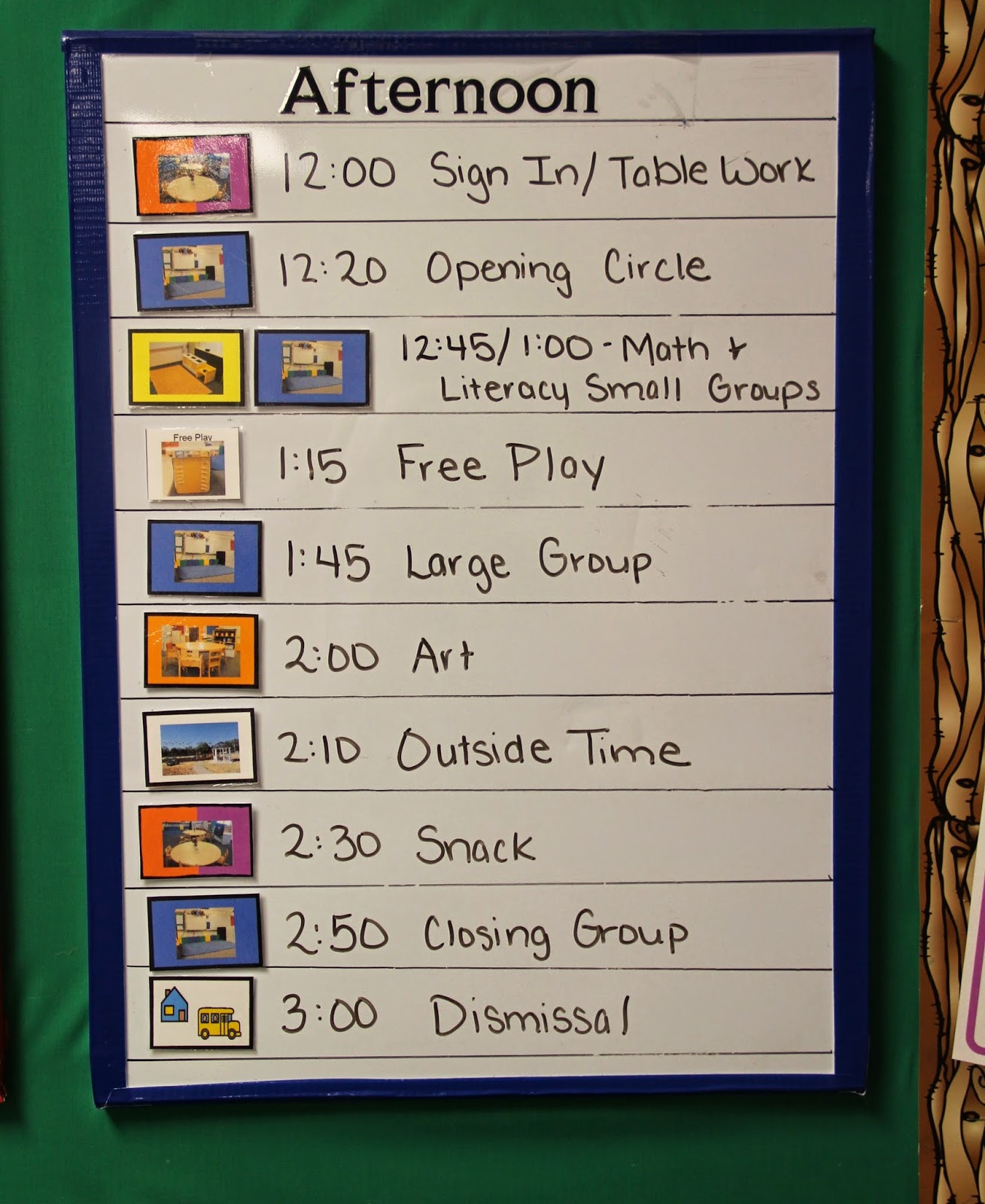.jpg)
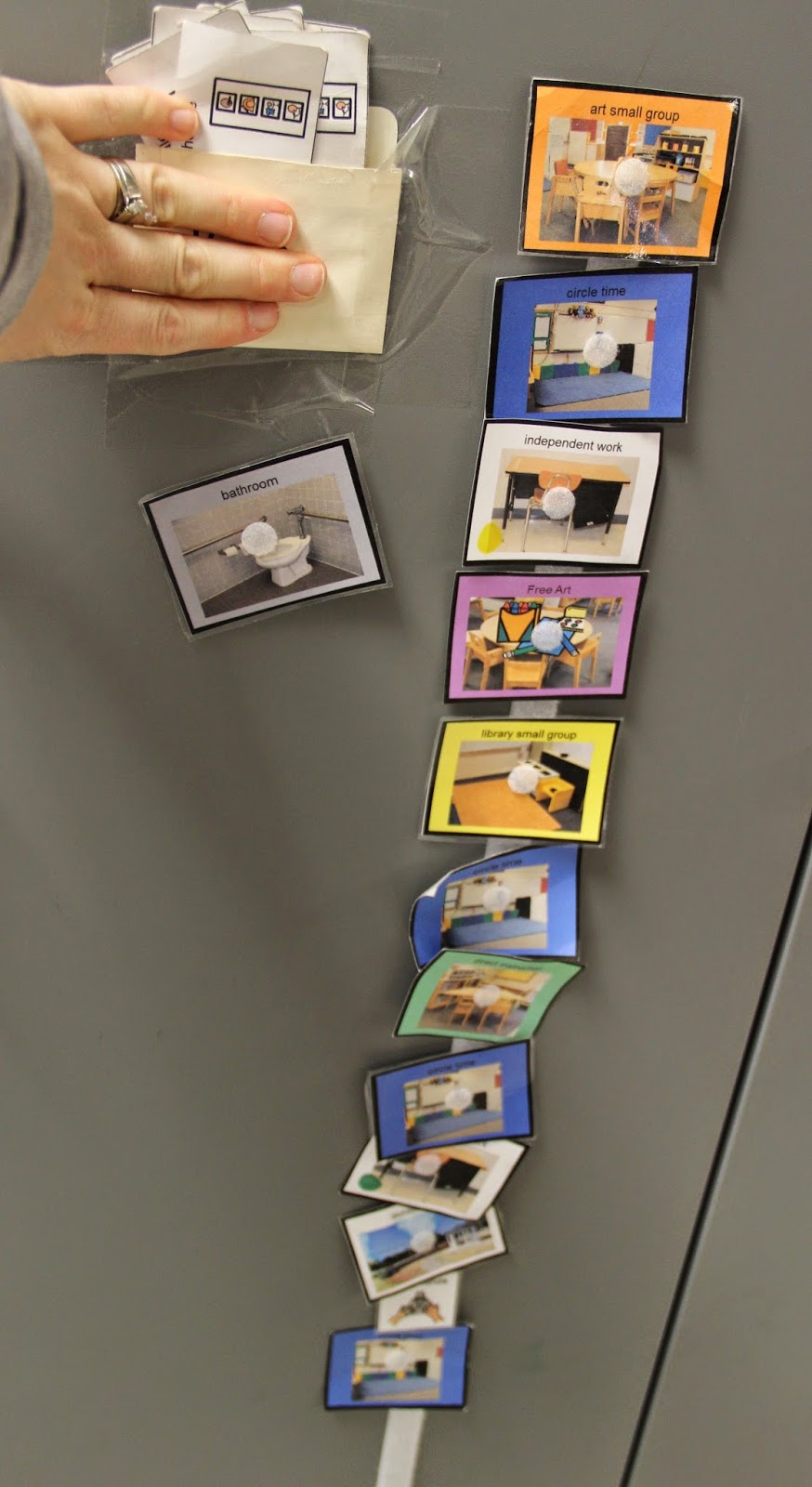.jpg)
.jpg)
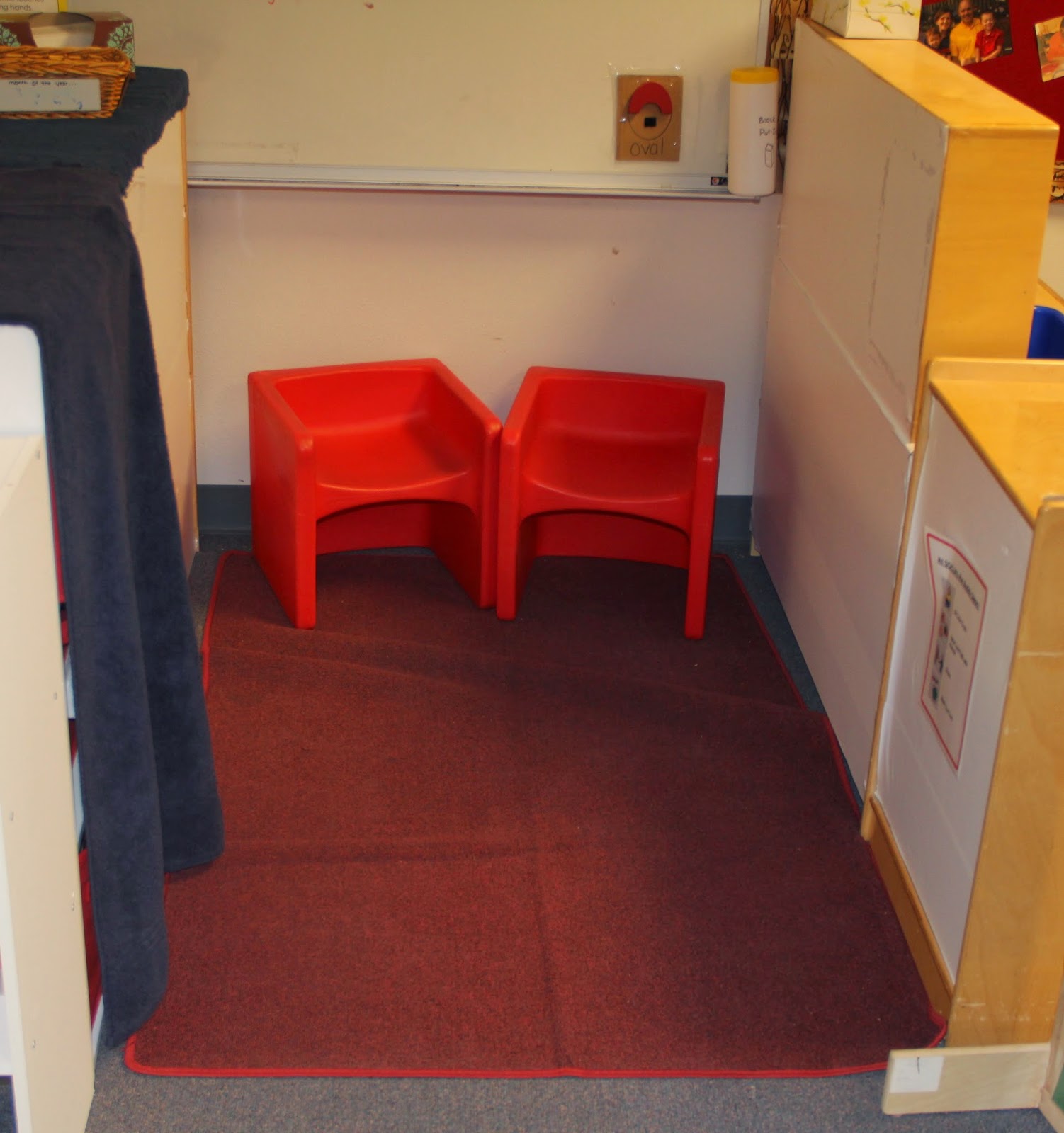
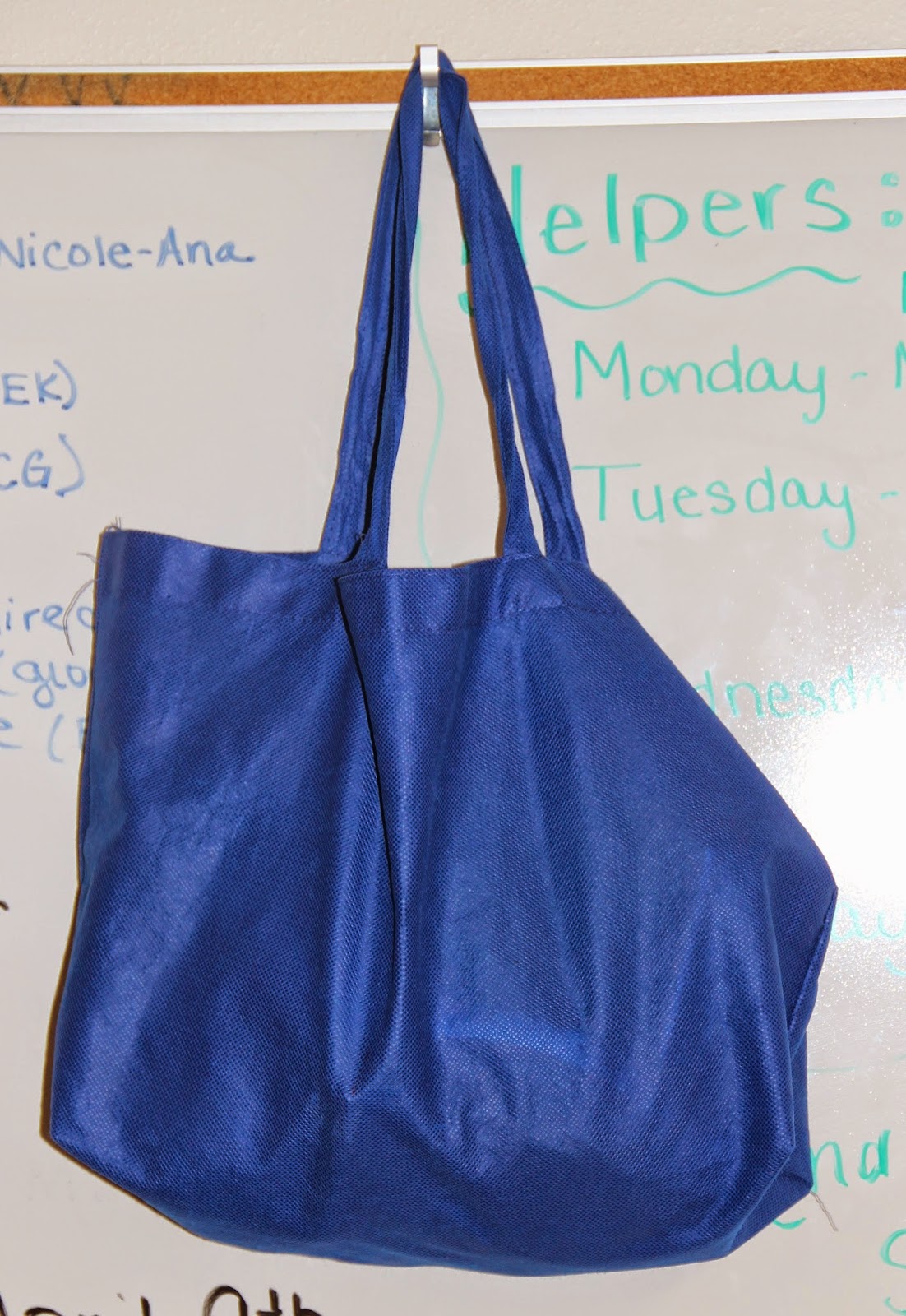
.jpg)

.jpg)
.jpg)
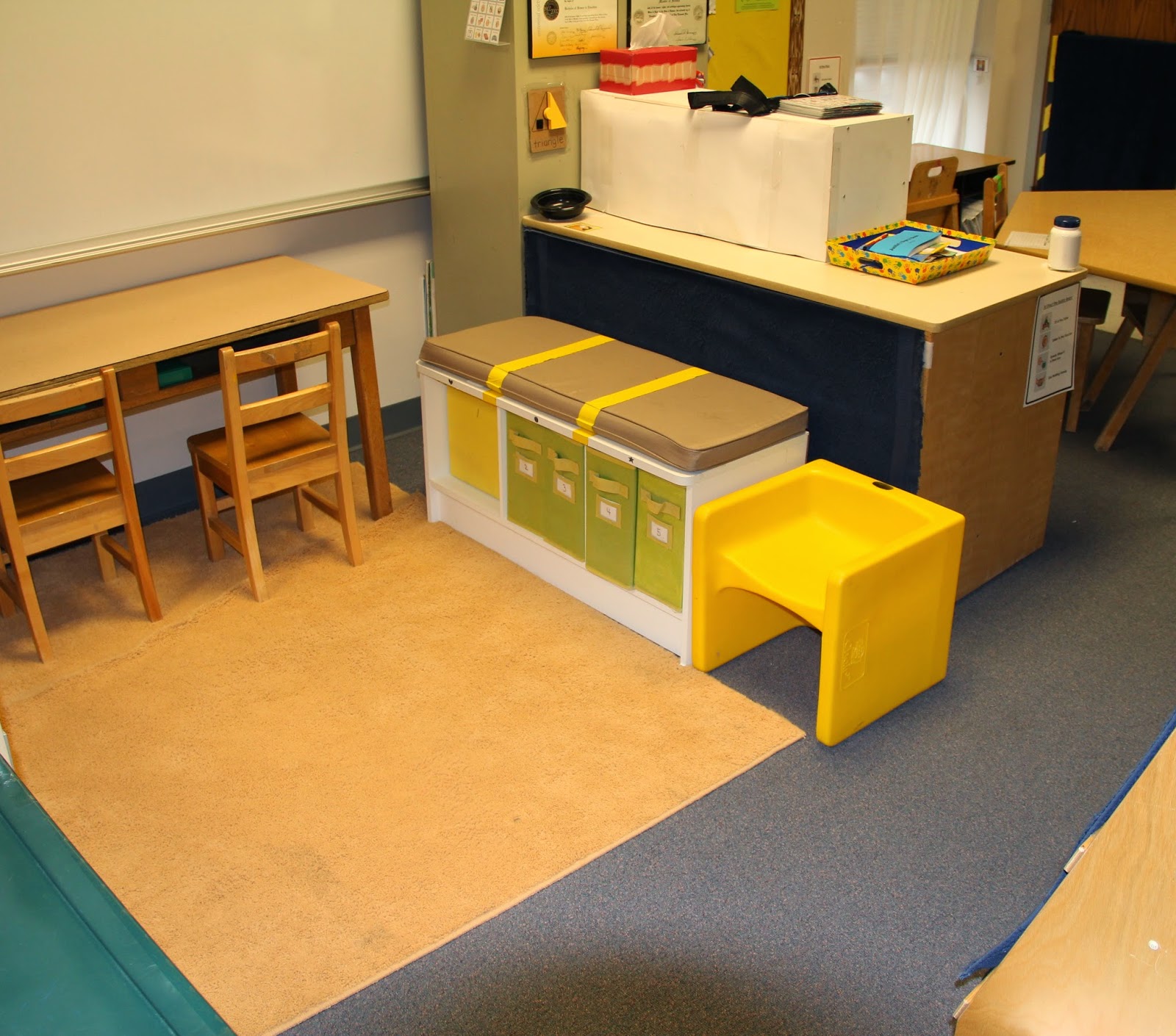.jpg)

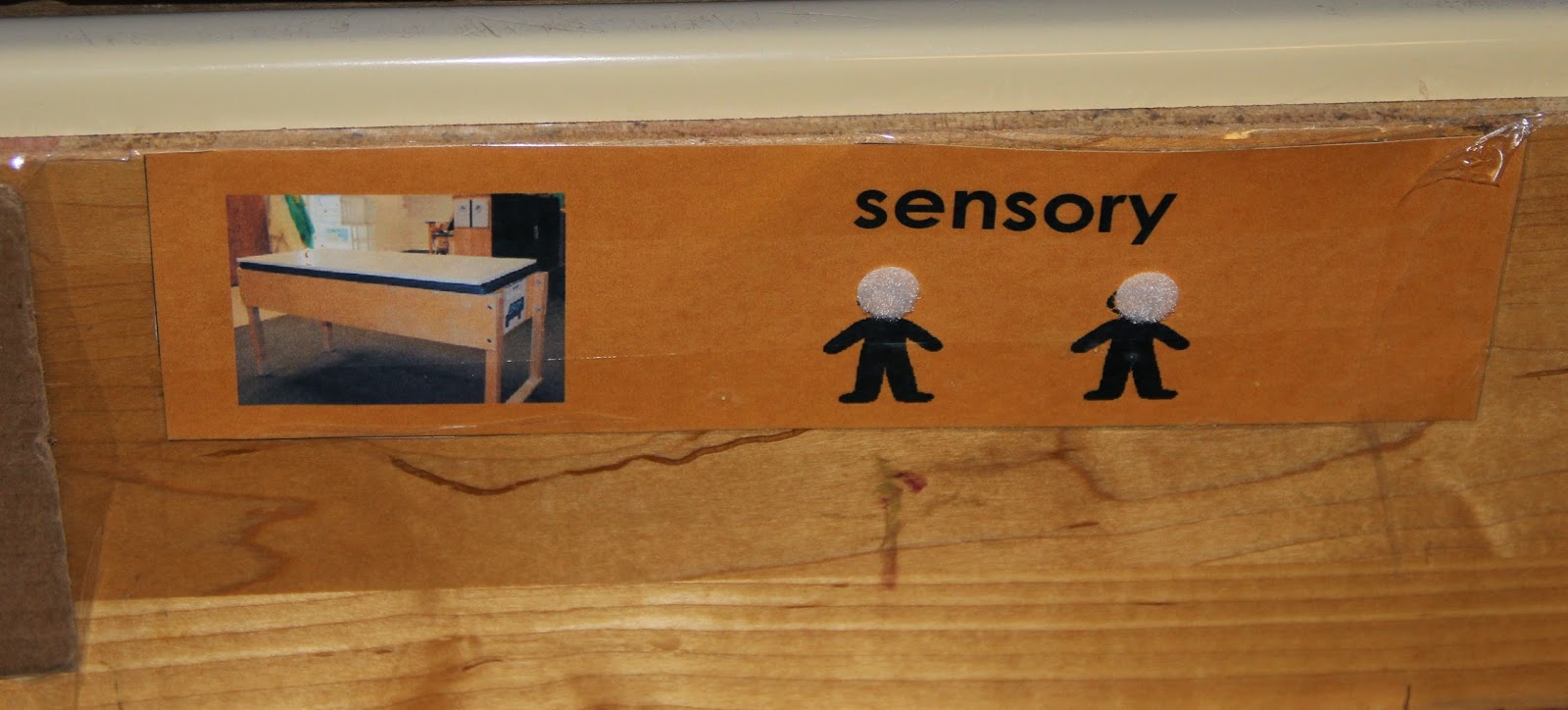
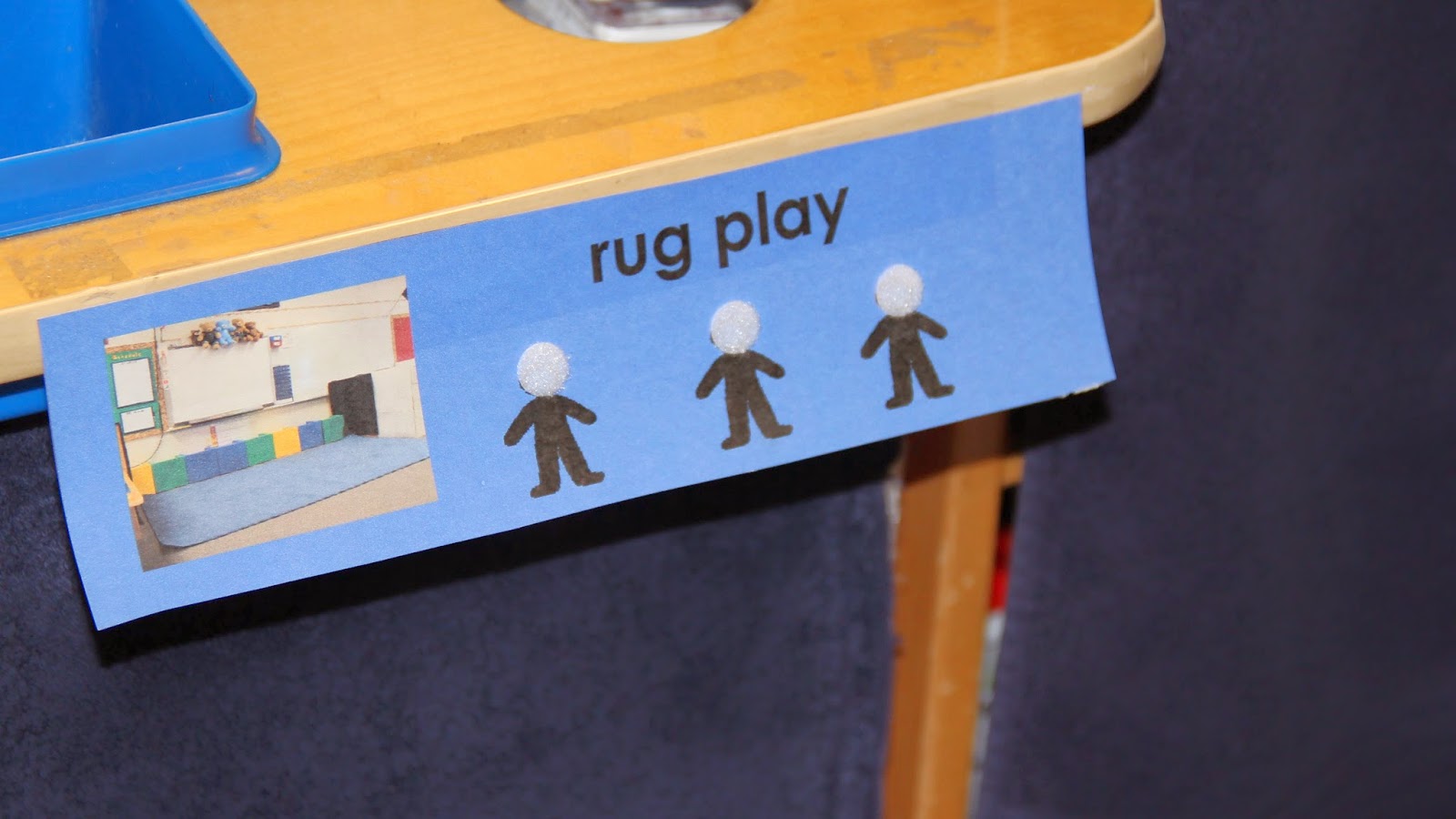.jpg)



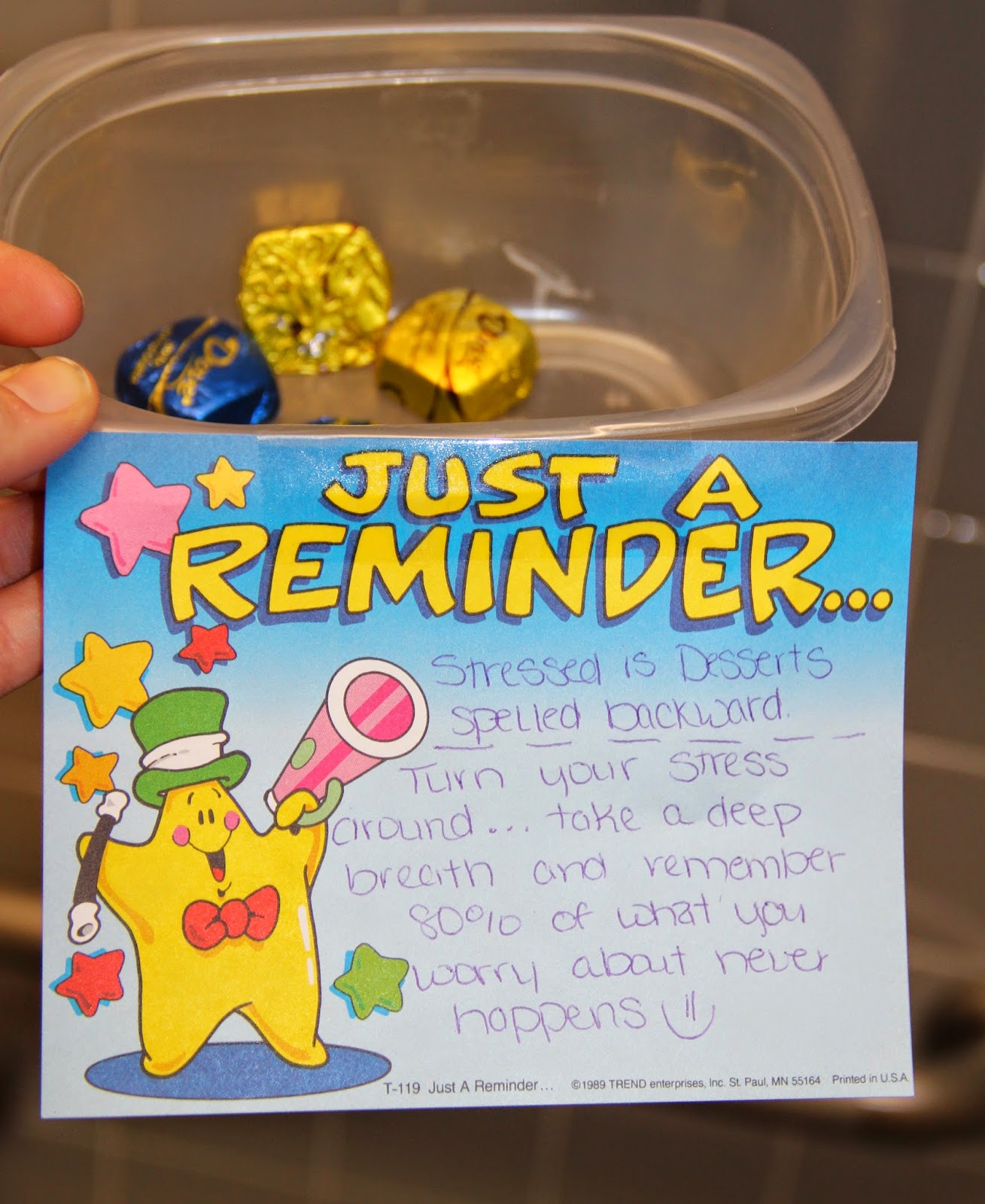.jpg)










.jpg)
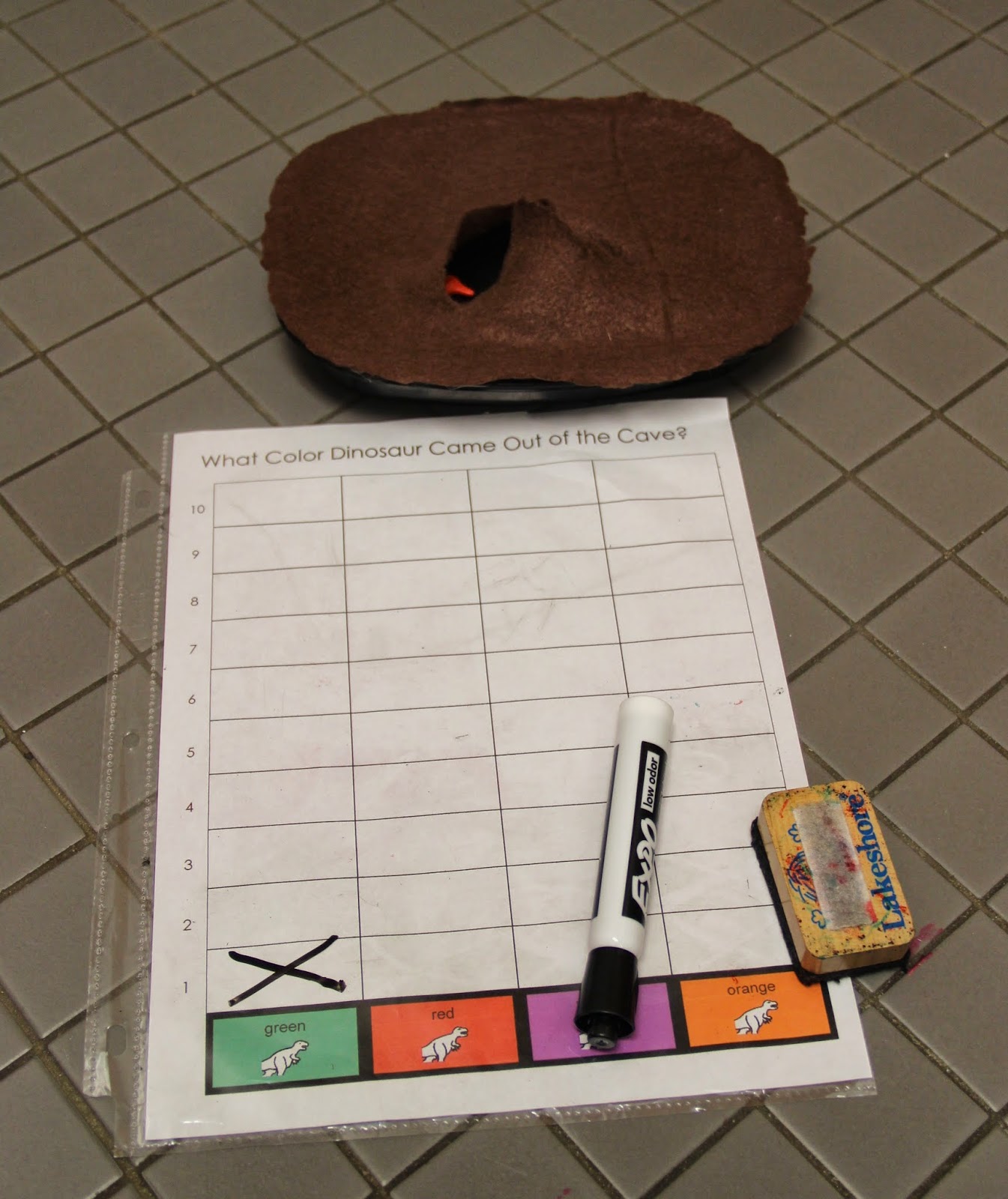.jpg)
.jpg)
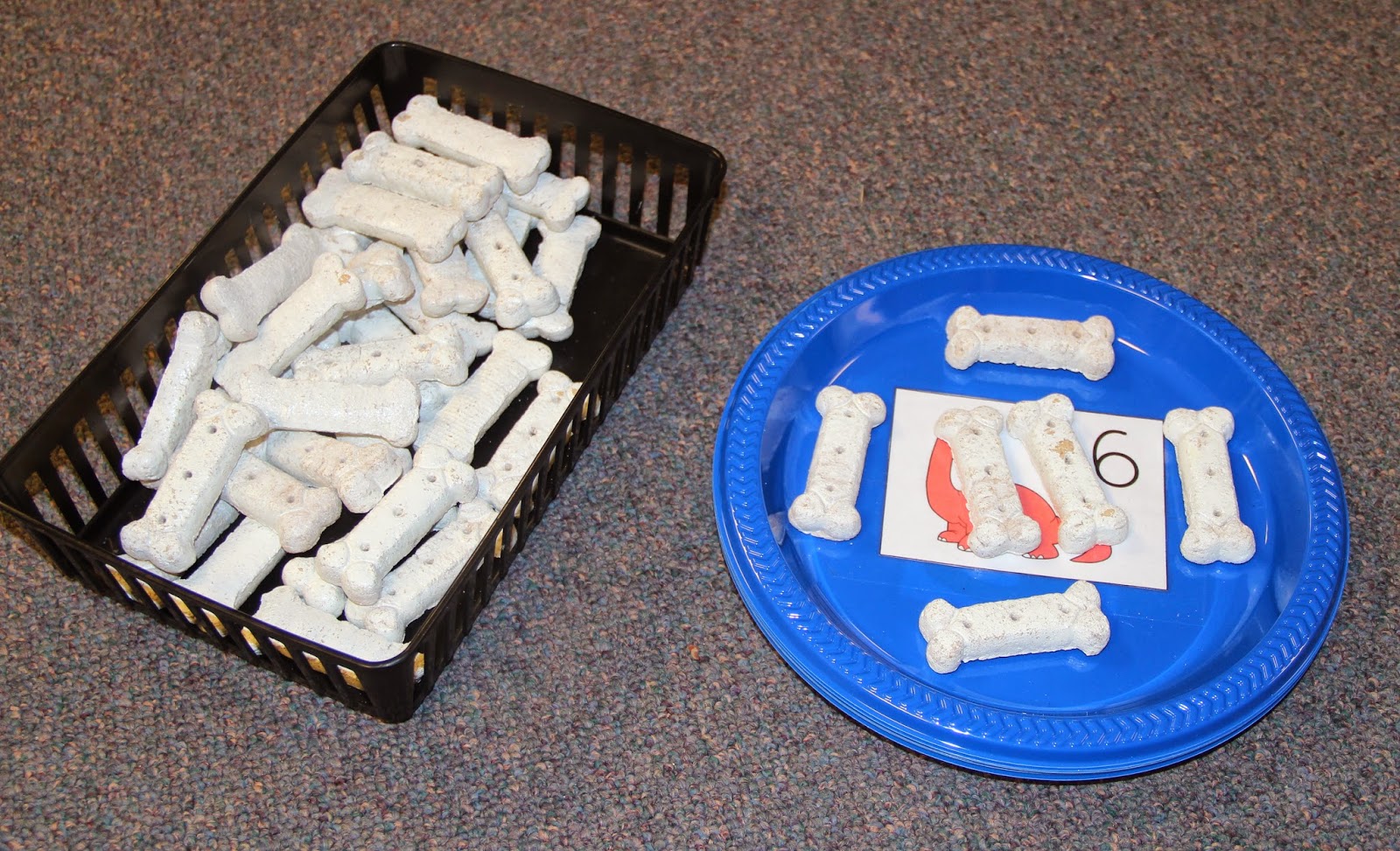.jpg)
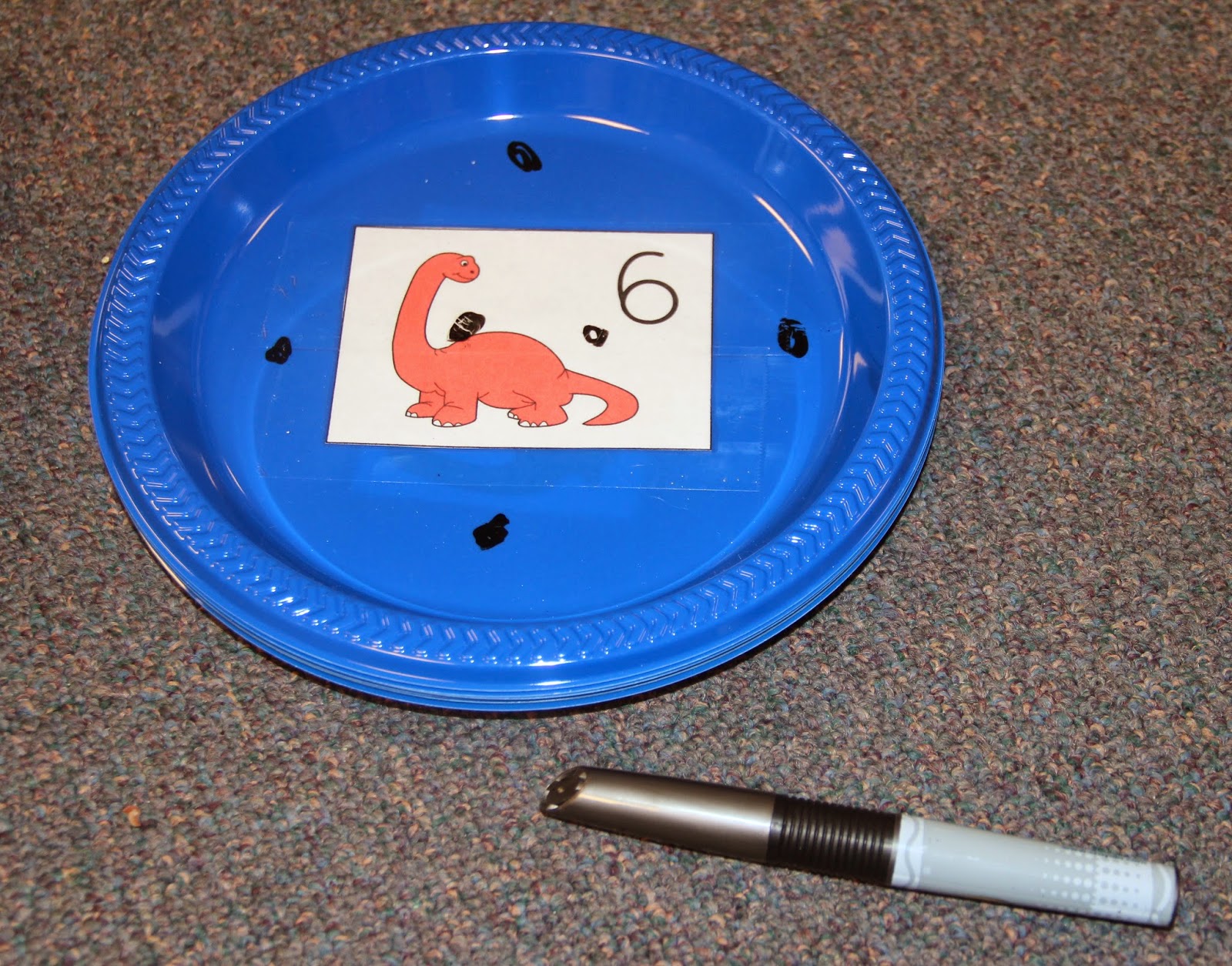.jpg)
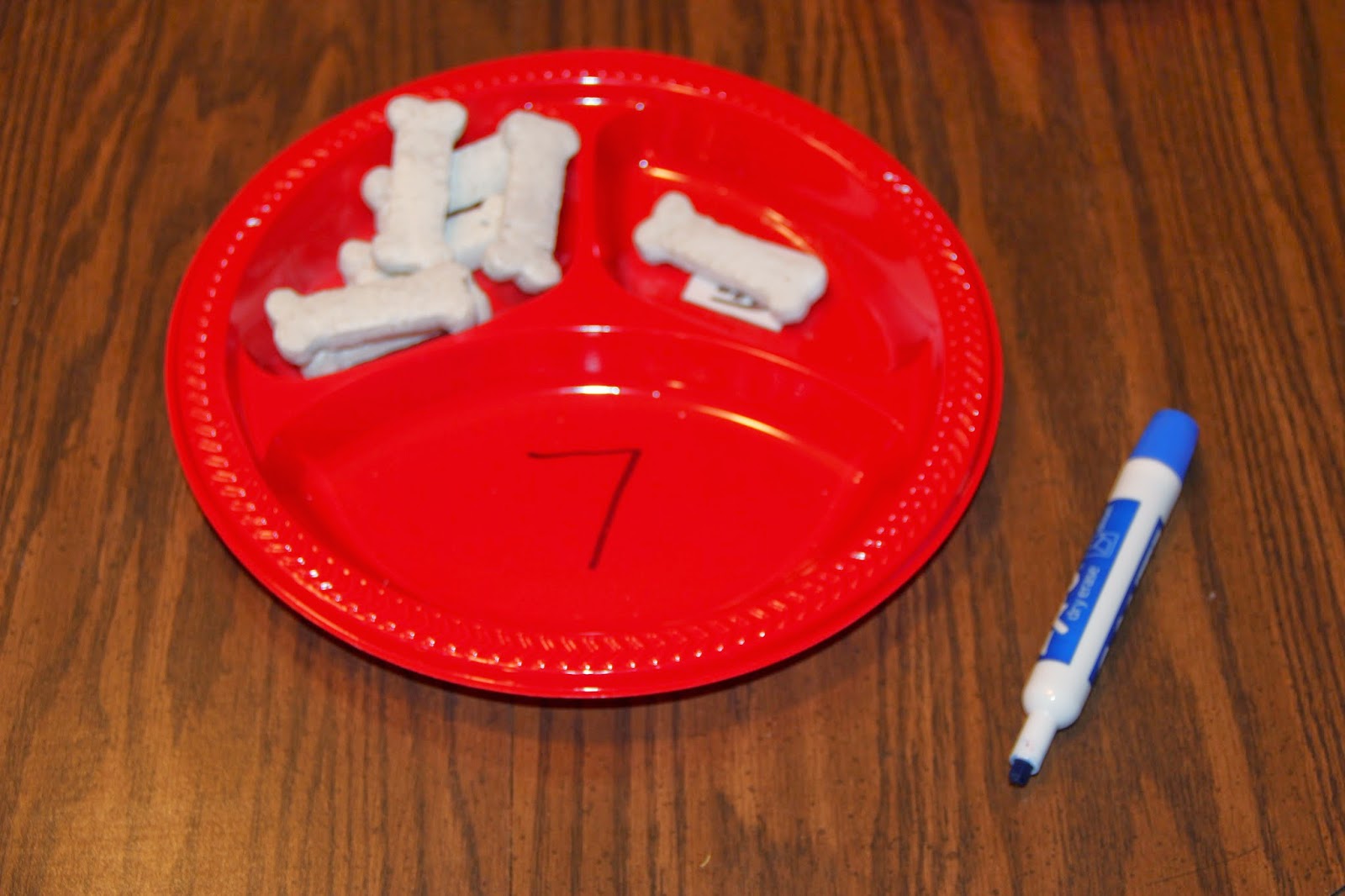.jpg)






